How to Avoid the Weed in Hydroponic: 3 Effective Ways
Table of Contents
Understanding the Importance of Weed Control in Hydroponic Systems
Weed control is a critical aspect of maintaining a successful hydroponic system. Weeds not only compete with your crops for essential nutrients, light, and water, but they can also harbor pests and diseases that can affect the overall health of your plants. Therefore, it is crucial to implement effective weed control strategies to ensure the optimal growth and productivity of your hydroponic garden.
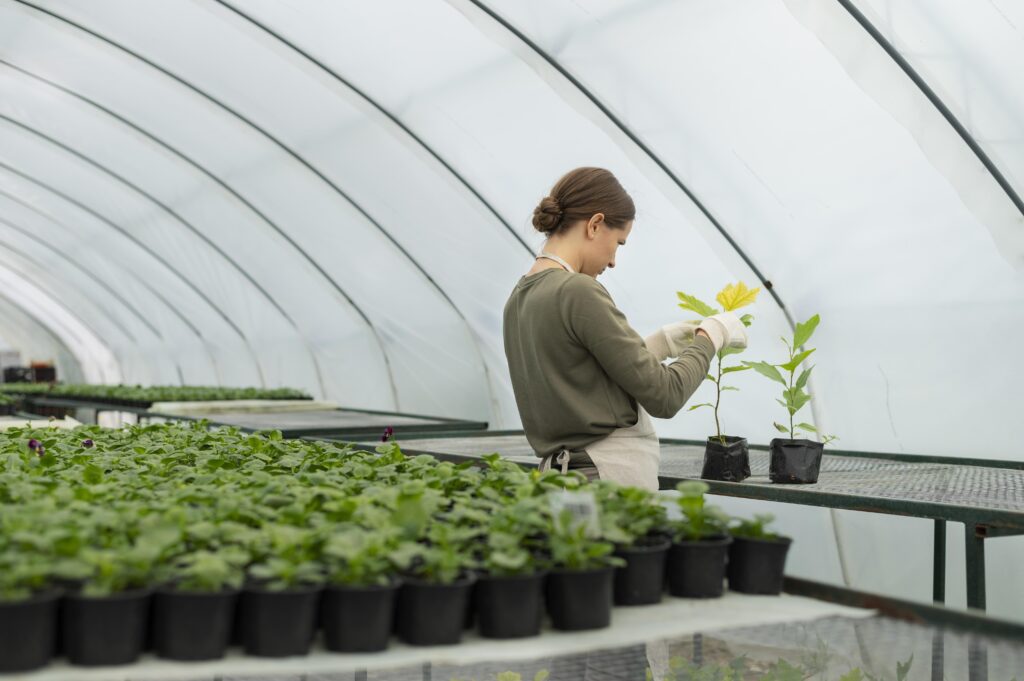
By controlling weeds in your hydroponic system, you can prevent them from overshadowing your plants and inhibiting their access to light. This is particularly important because hydroponic systems rely on artificial lighting to provide the necessary energy for plant growth. Additionally, when weeds are left unchecked, they can quickly spread and take over your entire system, making it more difficult to manage and maintain. By prioritizing weed control, you can create an environment that is conducive to the growth and development of your cultivated crops.
• Weeds compete with crops for essential nutrients, water, and light
• Weeds can harbor pests and diseases that can harm plants
• Effective weed control strategies are crucial for the optimal growth and productivity of hydroponic gardens
• Controlling weeds prevents them from overshadowing plants and inhibiting their access to light
• Hydroponic systems rely on artificial lighting for plant growth, making weed control even more important
• Unchecked weeds can quickly spread and take over the entire system, making it difficult to manage
• Prioritizing weed control creates a conducive environment for cultivated crop development.
Identifying Common Weeds Found in Hydroponic Environments
Weeds can be a persistent problem in hydroponic environments, competing with crops for space and nutrients. Therefore, gardening enthusiasts must be able to identify common weeds that may be found in their hydroponic systems. By recognizing these weeds early on, appropriate measures can be taken to prevent their spread and minimize their impact on crop growth.
One of the most common weeds found in hydroponic systems is the pigweed (Amaranthus spp.). This weed is characterized by its rapid growth, tall stature, and broad, lance-shaped leaves. Pigweed can quickly overwhelm crops if left unchecked, so it is important to identify and remove it as early as possible.
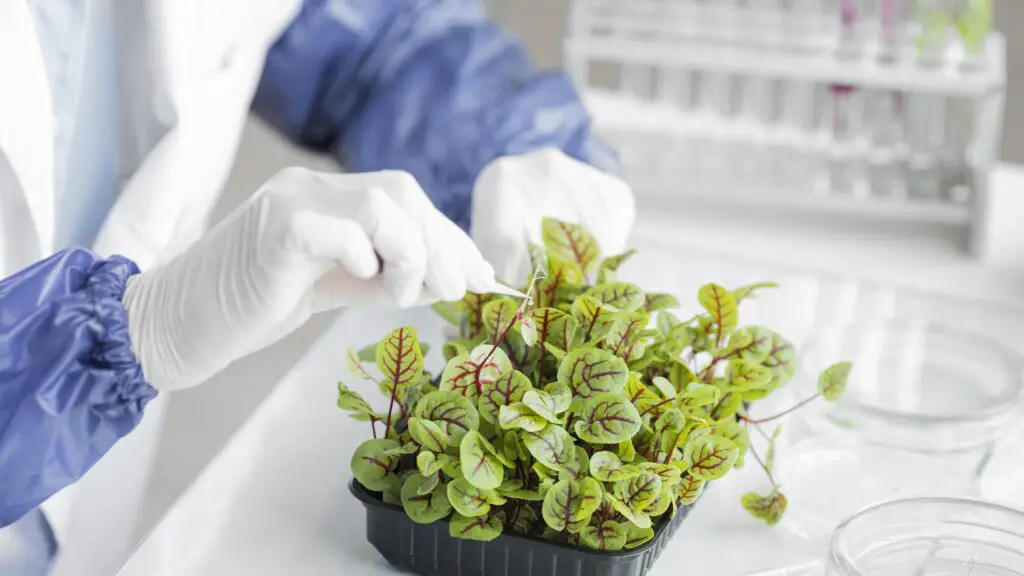
Another prevalent weed is the common purslane (Portulaca oleracea). This succulent-like plant is known for its fleshy, paddle-shaped leaves and small yellow flowers. Purslane is adaptable and can thrive in various growing conditions, making it a frequent invader in hydroponic systems.
Other common weeds in hydroponic environments include chickweed (Stellaria media), lambs’ quarters (Chenopodium album), and crabgrass (Digit aria spp.). Each weed species has its unique characteristics, and being able to identify them accurately will help gardeners effectively manage and prevent weed infestations in their hydroponic systems.
• Pigweed (Amaranthus spp.): Rapid growth, tall stature, broad lance-shaped leaves
• Common purslane (Portulaca oleracea): Succulent-like plant, fleshy paddle-shaped leaves, small yellow flowers
• Chickweed (Stellaria media): Unique characteristics vary depending on the species
• Lambs Quarters (Chenopodium album): Unique characteristics vary depending on the species
• Crabgrass (Digit aria spp.): Unique characteristics vary depending on the species
Identifying these common weeds in hydroponic environments is essential for effective weed management. By recognizing their distinct features early on, gardeners can take appropriate measures to prevent their spread and minimize their impact on crop growth. Regular monitoring and removal of these weeds will help maintain a healthy hydroponic system and ensure optimal crop production.
Creating a Sterile Environment to Prevent Weed Infestations
Creating a sterile environment is crucial in preventing weed infestations in hydroponic systems. Weeds not only compete with crops for nutrients and water but can also harbor pests and diseases, negatively impacting the overall health and productivity of the system. To ensure a weed-free environment, several important steps need to be taken.
First and foremost, it is essential to start with clean and sterile equipment, including containers, trays, and tools, to prevent the introduction of weed seeds. Thoroughly clean and disinfect these items before use, using appropriate sanitizers or disinfectants recommended for hydroponic systems. Additionally, make sure to use pathogen-free growing medium and irrigation water, as these can also be potential sources of weed seeds and pathogens. Regularly monitor and clean the system components to maintain a sterile environment throughout the growing cycle. By implementing these practices, you can significantly reduce the risk of weed infestation and enhance the overall health and productivity of your hydroponic system.
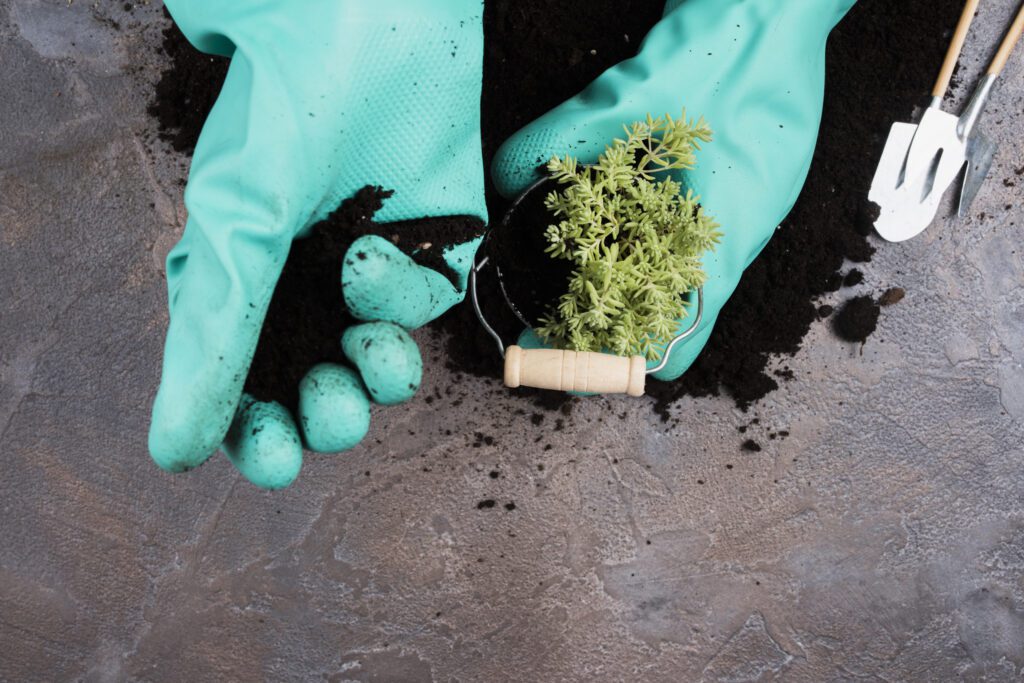
[To be continued…]
• Start with clean and sterile equipment, including containers, trays, and tools
• Thoroughly clean and disinfect these items before use
• Use appropriate sanitizers or disinfectants recommended for hydroponic systems
• Ensure the growing medium is pathogen-free
• Use pathogen-free irrigation water to prevent the introduction of weed seeds and pathogens
• Regularly monitor and clean system components to maintain a sterile environment throughout the growing cycle
Implementing Proper Sanitation Practices to Minimize Weed Growth
Implementing proper sanitation practices is vital in minimizing weed growth in hydroponic systems. Maintaining a clean and sterile environment is essential to prevent weed infestations and ensure the health and productivity of your crops.
To start, it is crucial to regularly clean and disinfect all equipment and tools used in your hydroponic system. This includes trays, containers, pumps, and any other items that come into contact with the nutrient solution and plants. Use a mild bleach solution or a suitable commercial disinfectant to kill any lingering weed seeds or pathogens. Remember to rinse thoroughly to remove any residue after disinfection.
Furthermore, proper sanitation also involves reducing the risk of introducing weed seeds or spores into your hydroponic setup. Take necessary precautions, such as washing your hands before handling plants, wearing gloves, and using sterilized or new materials, such as grow media and pots. Additionally, control the entry of potential weed sources by ensuring that your growing area is clean and free from debris, weeds, and other plant material.
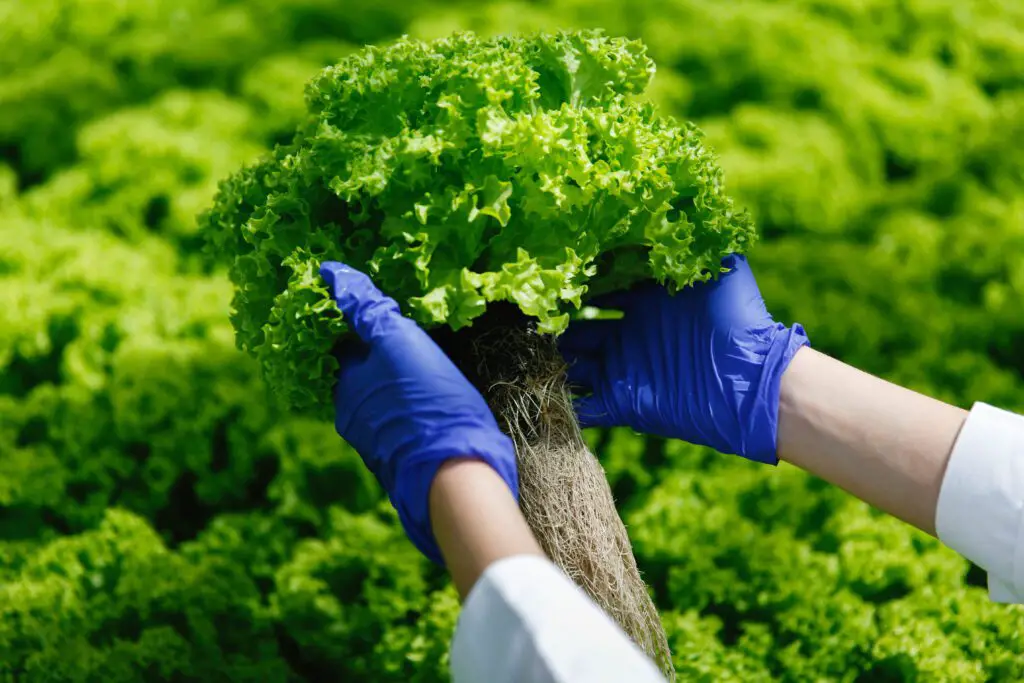
By implementing these sanitation practices, you can significantly minimize the chances of weed growth in your hydroponic system. This will allow your plants to thrive without unnecessary competition for nutrients, water, and light. Stay dedicated to maintaining a clean and sterile environment, and you can enjoy a weed-free hydroponic system that yields healthy and vigorous crops.
• Regularly clean and disinfect all equipment and tools used in the hydroponic system
• Use a mild bleach solution or suitable commercial disinfectant to kill weed seeds and pathogens
• Rinse thoroughly after disinfection to remove any residue
• Wash hands before handling plants and wear gloves to reduce the risk of introducing weed seeds or spores
• Use sterilized or new materials such as grow media and pots
• Control entry of potential weed sources by keeping the growing area clean and free from debris, weeds, and plant material.
Selecting High-Quality Seeds and Seedlings to Avoid Weed Contamination
When it comes to hydroponic systems, selecting high-quality seeds and seedlings is crucial in preventing weed contamination. Weeds can severely affect the health and growth of your crops by competing for nutrients, water, and space. Therefore, it is important to choose seeds and seedlings that are free from weed seeds and have been grown in sterile conditions.
One way to ensure the quality of your seeds and seedlings is to purchase them from reputable suppliers. These suppliers often have stringent quality control measures in place to minimize the risk of weed contamination. Look for suppliers who follow industry standards and have a reputation for providing clean and reliable seeds and seedlings.
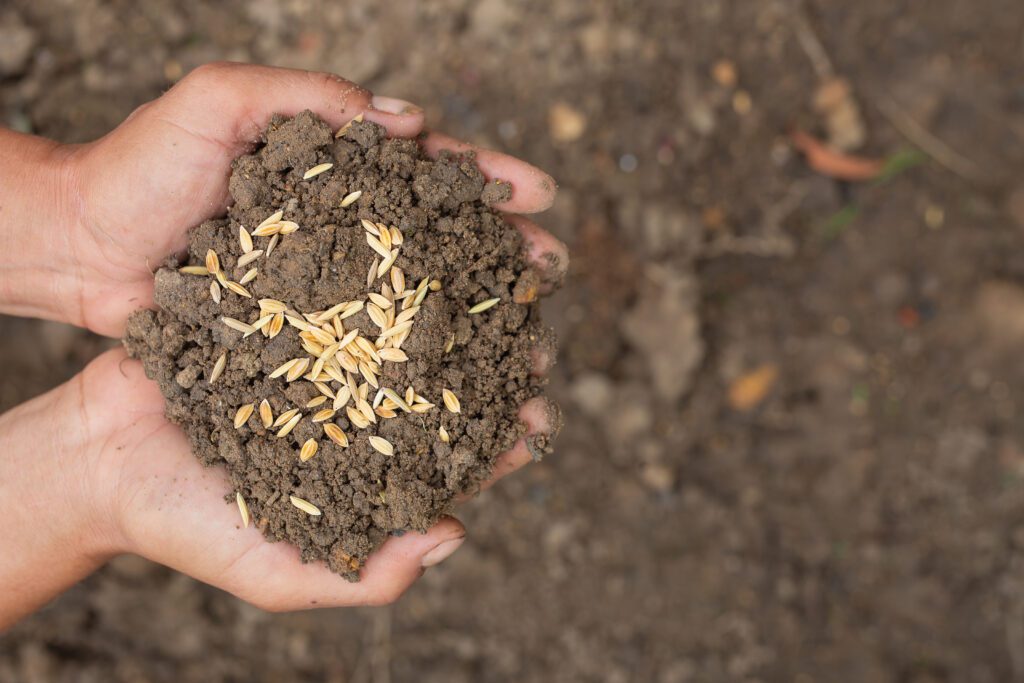
Additionally, consider using certified organic seeds and seedlings. Organic certification ensures that the plants have been grown without the use of synthetic pesticides and herbicides, significantly reducing the chance of weed contamination. By opting for organic options, you can be confident that you are starting with a clean and weed-free foundation for your hydroponic system.
Remember, prevention is always better than cure, especially when it comes to weed control in hydroponic systems. By selecting high-quality seeds and seedlings that are free from weed seeds, you can minimize the risk of weed infestations and maximize the potential of your crops.
• Purchase seeds and seedlings from reputable suppliers with stringent quality control measures
• Look for suppliers who follow industry standards and have a reputation for providing clean and reliable products
• Consider using certified organic seeds and seedlings to reduce the risk of weed contamination
• Organic certification ensures that plants are grown without synthetic pesticides and herbicides
• Starting with a clean and weed-free foundation is essential for the success of your hydroponic system
Utilizing Physical Barriers to Prevent Weed Intrusion
Physical barriers are an effective and practical way to prevent weed intrusion in hydroponic systems. By creating a physical barrier, you can provide an added layer of protection to your plants, ensuring that they receive the essential nutrients they need for healthy growth, without competing with unwanted weeds for resources. There are various physical barriers available that can be used in hydroponic systems, including but not limited to plastic mulch, weed fabric, and groundcovers.
Plastic mulch is an excellent option for preventing weed growth, as it creates a physical barrier that blocks sunlight from reaching the soil surface. By depriving weeds of sunlight, their germination and growth are significantly hindered. Additionally, plastic mulch helps to maintain soil moisture and temperature, promoting optimal conditions for plant growth. When using plastic mulch, it is crucial to ensure adequate spacing and secure anchoring to prevent movement, which could create openings for weed infiltration.
Weed fabric, also known as landscape fabric or weed barrier cloth, is another effective physical barrier that can be employed in hydroponic systems. This permeable fabric is placed over the growing area, preventing weed seeds from germinating and growing while allowing water and nutrients to reach the plant’s root system. Weed fabric is typically laid down before planting and can be secured with staples or other methods to ensure its stability and longevity.
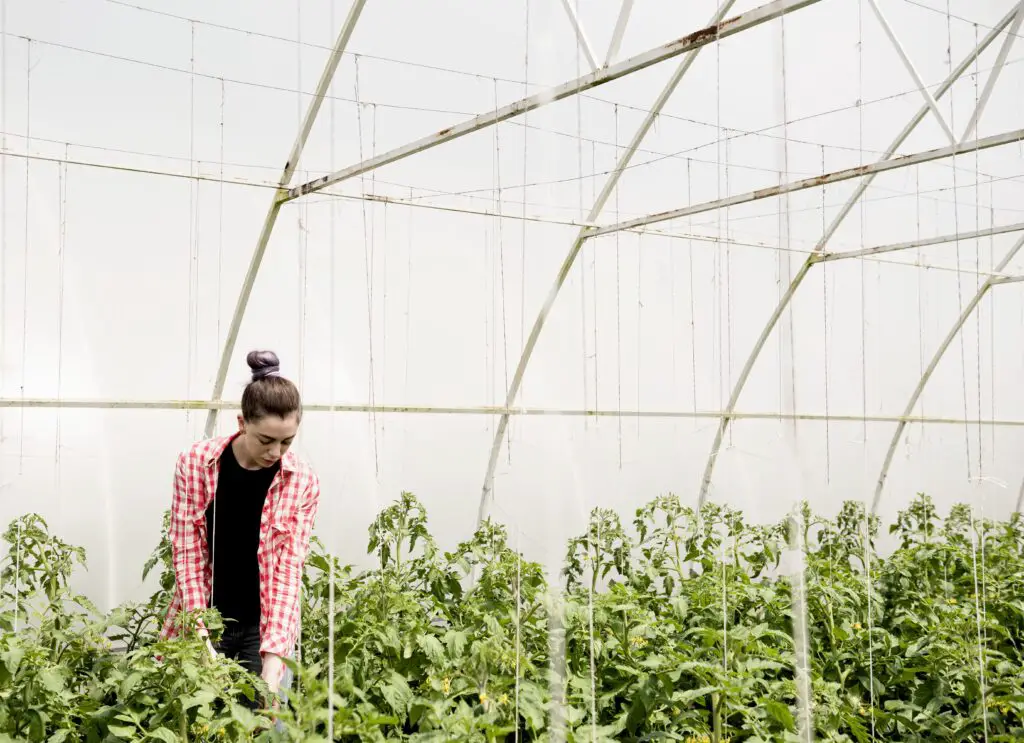
Groundcovers, such as straw or wood chips, can also serve as an effective physical barrier against weed intrusion. By creating a thick layer of organic material around the base of your plants, you can suppress weed growth by blocking sunlight and preventing weed seed germination. Additionally, groundcovers help to retain soil moisture, minimize temperature fluctuations, and provide insulation during extreme weather conditions.
When implementing physical barriers as a weed control measure, it is crucial to regularly monitor and inspect the barriers for any signs of wear or damage. Repair or replace damaged barriers promptly to maintain their effectiveness. Combining physical barriers with other weed control methods, such as regular sanitation practices and proper nutrient management, will help create a resilient and weed-free hydroponic system.
• Plastic mulch is an effective physical barrier that blocks sunlight from reaching the soil surface, hindering weed germination and growth.
• Plastic mulch also helps maintain soil moisture and temperature for optimal plant growth.
• Adequate spacing and secure anchoring of plastic mulch are crucial to prevent movement and weed infiltration.
• Weed fabric is a permeable fabric that prevents weed seeds from germinating while allowing water and nutrients to reach plants’ root systems.
• Weed fabric should be laid down before planting and secured with staples or other methods for stability.
• Groundcovers like straw or wood chips create a thick layer of organic material that blocks sunlight and suppresses weed growth.
• Groundcovers also retain soil moisture, minimize temperature fluctuations, and provide insulation during extreme weather conditions.
• Regular monitoring and inspection of physical barriers are important to identify any wear or damage. Prompt repair or replacement maintains their effectiveness.
• Combining physical barriers with regular sanitation practices and proper nutrient management creates a resilient, weed-free hydroponic system.
Employing Mulching Techniques to Suppress Weed Growth
Mulching is a highly effective technique to suppress weed growth in hydroponic systems. By creating a protective layer of organic or synthetic material around the base of plants, mulching helps to prevent sunlight from reaching the soil surface, thus inhibiting weed germination and growth. Additionally, mulch acts as a physical barrier, preventing weed seeds from making direct contact with the growing media.
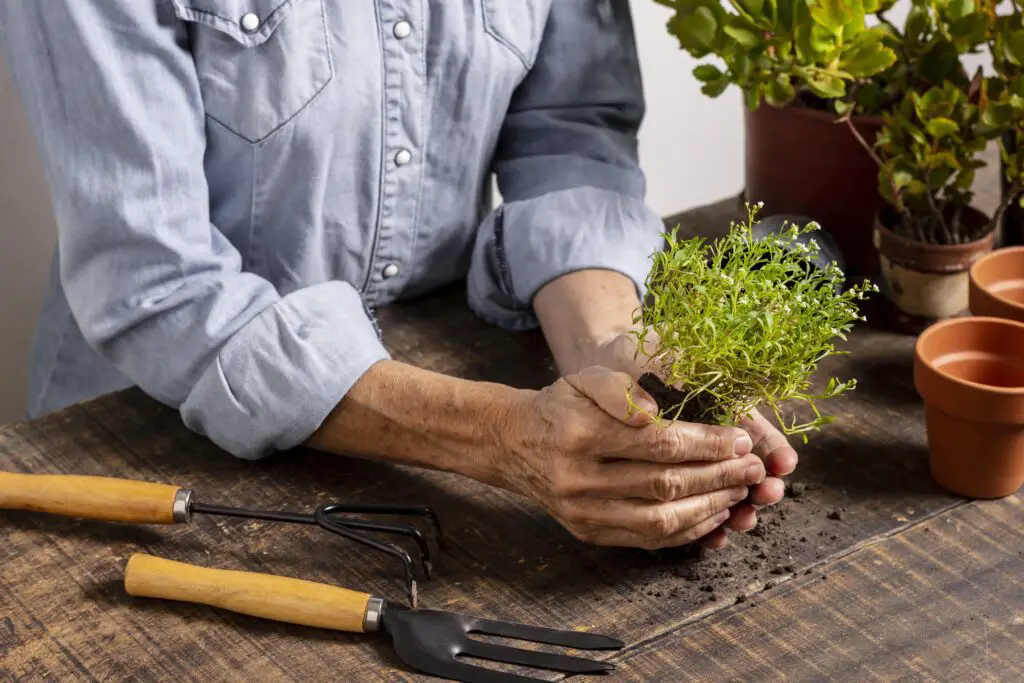
One of the key advantages of employing mulching techniques is the reduction in manual labor required for weed control. By significantly reducing weed emergence, growers can spend less time and effort on hand-weeding or employing herbicides. This not only saves resources but also minimizes the risk of damage to the hydroponic system and crop plants. Moreover, mulching helps to conserve soil moisture, regulate soil temperature, and improve nutrient retention, all of which contribute to enhanced plant growth and crop yield.
• Mulching creates a protective layer around plants, preventing sunlight from reaching the soil surface and inhibiting weed germination and growth.
• Mulch acts as a physical barrier, preventing weed seeds from making direct contact with the growing media.
• Employing mulching techniques reduces the manual labor required for weed control.
• Reduced weed emergence saves time and effort on hand-weeding or employing herbicides.
• Less manual labor minimizes the risk of damage to the hydroponic system and crop plants.
• Mulching helps conserve soil moisture, regulate soil temperature, and improve nutrient retention.
• Enhanced plant growth and crop yield are achieved through these benefits of mulching.
Maintaining Proper Nutrient Levels to Promote Strong Crop Growth and Suppress Weeds
Maintaining proper nutrient levels is crucial for promoting strong crop growth and suppressing weeds in hydroponic systems. By providing plants with the essential nutrients, they need to thrive, we can create an environment that is less favorable for weed development.
One key factor in maintaining proper nutrient levels is understanding the specific nutritional needs of your crops. Different plants have varying requirements for nutrients such as nitrogen, phosphorus, and potassium, as well as micronutrients like iron, magnesium, and zinc. Conducting regular soil or solution testing will help you determine the nutrient levels present and identify any deficiencies or imbalances that may exist.
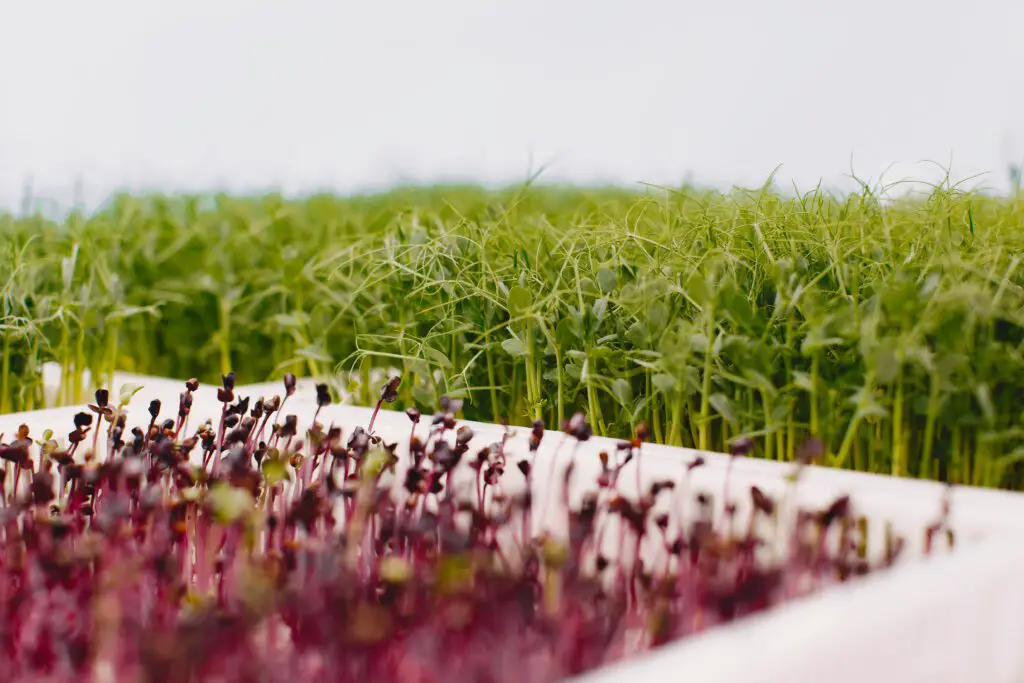
To ensure optimal nutrient levels, it is important to use high-quality fertilizers or nutrient solutions that are specifically formulated for hydroponic systems. These products are designed to provide a balanced combination of macronutrients and micronutrients that can support vigorous plant growth while minimizing the potential for weed competition. Additionally, regularly monitoring and adjusting nutrient levels based on plant growth stage and environmental conditions will help optimize crop health and reduce the likelihood of weed encroachment.
Remember, maintaining proper nutrient levels is not only essential for promoting strong crop growth but also plays a crucial role in weed suppression. By providing plants with the necessary nutrients they need to thrive, we can create a competitive advantage that limits the resources available for weed establishment and growth.
• Conduct regular soil or solution testing to determine nutrient levels and identify deficiencies or imbalances
• Understand the specific nutritional needs of your crops, including macronutrients and micronutrients
• Use high-quality fertilizers or nutrient solutions formulated for hydroponic systems
• Monitor and adjust nutrient levels based on plant growth stage and environmental conditions
• Create a competitive advantage by providing plants with the necessary nutrients to limit resources available for weed establishment and growth
Regularly Monitoring and Inspecting Plants for Early Signs of Weed Infestation
Regularly monitoring and inspecting plants for early signs of weed infestation is crucial in maintaining a healthy and productive hydroponic system. Weeds not only compete with your desired crops for nutrients, light, and water, but they can also harbor pests and diseases that can quickly spread and devastate your plants.
To effectively monitor for weed infestation, it is recommended to conduct thorough inspections of your hydroponic system regularly. This includes visually inspecting each plant for any signs of weed growth, such as unfamiliar foliage, root entanglement, or unusual growth patterns. Taking the time to carefully inspect your plants allows you to spot weeds in their early stages before they have a chance to spread and take hold in your system.
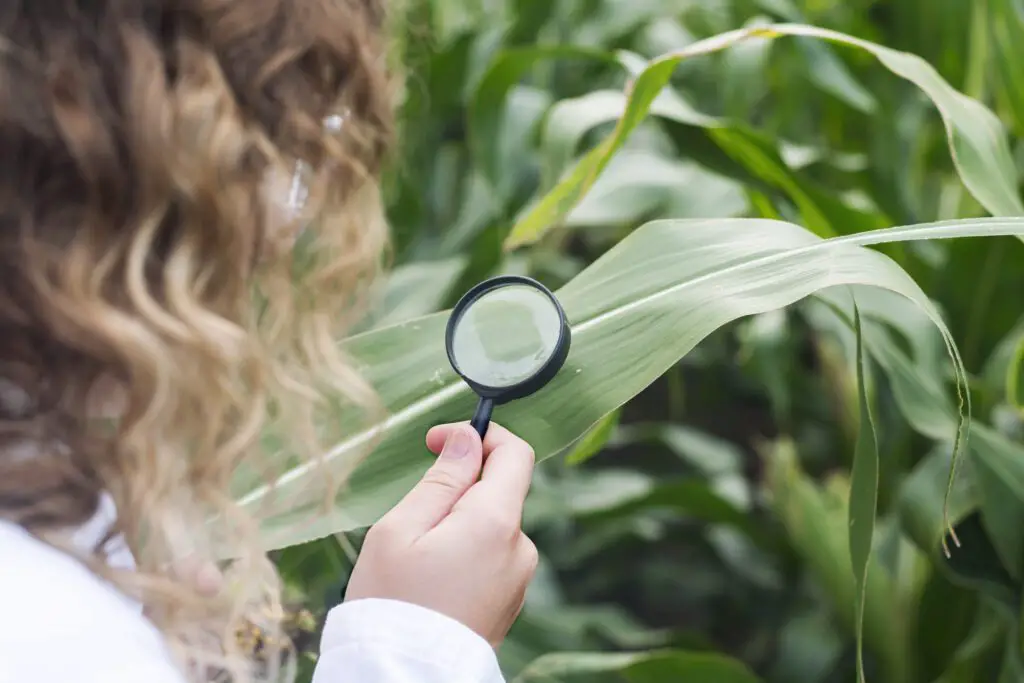
In addition to visual inspections, it is also essential to closely monitor the growth rate and health of your crops. Weeds tend to grow more rapidly than cultivated plants and can easily overtake them if left unchecked. By keeping track of the growth and overall condition of your plants, you can identify any rapid or abnormal growth that could be a sign of weed infestation. Early detection and prompt action are key to preventing the potential damage and disruption caused by weed growth in your hydroponic system.
• Conduct thorough inspections of your hydroponic system regularly
• Visually inspect each plant for any signs of weed growth
• Look for unfamiliar foliage, root entanglement, or unusual growth patterns
• Spot weeds in their early stages before they have a chance to spread and take hold
• Monitor the growth rate and health of your crops closely
• Weeds tend to grow more rapidly than cultivated plants
• Identify any rapid or abnormal growth that could be a sign of weed infestation
• Early detection and prompt action are key to preventing potential damage and disruption caused by weed growth in your hydroponic system.
Implementing Integrated Pest Management Strategies to Control and Prevent Weeds
Implementing integrated pest management (IPM) strategies is crucial for effectively controlling and preventing weeds in hydroponic systems. By utilizing a combination of proactive measures and targeted interventions, gardeners can maintain a weed-free environment while minimizing the use of chemical herbicides.
One key aspect of IPM is promoting biodiversity within the hydroponic system. By incorporating diverse plant species that are resistant to weeds, gardeners can create a competitive environment that inhibits weed growth. Additionally, introducing beneficial insects, such as ladybugs and predatory mites, can help control weed populations by preying on weed seeds and pests that contribute to weed growth.
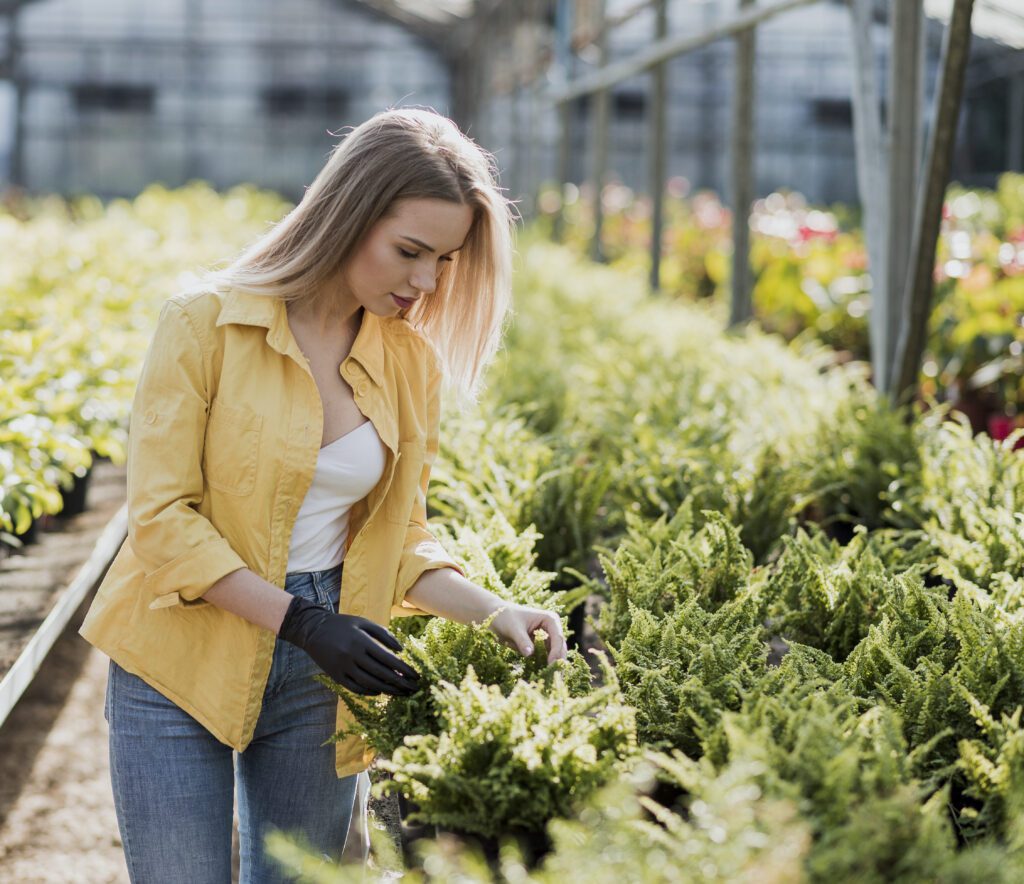
Regular monitoring and early detection are also vital components of an effective IPM strategy. By regularly inspecting plants for signs of weed infestation, gardeners can quickly identify and remove any unwanted growth. Prompt action, such as manually removing the weeds or using organic herbicides, can prevent the weeds from spreading and competing with the desired crops for nutrients and space.
Implementing integrated pest management strategies in hydroponic systems not only helps control and prevent weeds, but it also promotes a healthier and more sustainable growing environment. By utilizing a holistic approach and employing techniques tailored to the specific needs of hydroponics, gardeners can successfully maintain weed-free systems and enjoy bountiful, high-quality yields.
• Incorporate diverse plant species that are resistant to weeds
• Introduce beneficial insects like ladybugs and predatory mites to control weed populations
• Regularly monitor plants for signs of weed infestation
• Promptly remove weeds manually or use organic herbicides to prevent spreading
• Implementing IPM strategies promotes a healthier and more sustainable growing environment
Utilizing Biological Control Methods to Combat Weed Growth
Biological control methods offer a natural and sustainable approach to combatting weed growth in hydroponic systems. By utilizing beneficial insects and organisms, gardeners can effectively control weeds without the need for chemical intervention. One such method is the use of predatory insects, such as ladybugs or lacewings, which feed on weed pests and help to keep their populations in check. These beneficial insects can be introduced into the hydroponic environment, where they act as natural predators, reducing the need for herbicides and minimizing the risk of chemical residues in crops.
Another biological control method that has proven to be effective is the use of microbial agents. These microorganisms, such as bacteria or fungi, can be applied to hydroponic systems to suppress weed growth. By colonizing the root zone of the plants, these beneficial microorganisms outcompete weeds for nutrients and space, inhibiting their growth. Additionally, some microbial agents produce natural compounds that have herbicidal properties, further aiding in weed control.
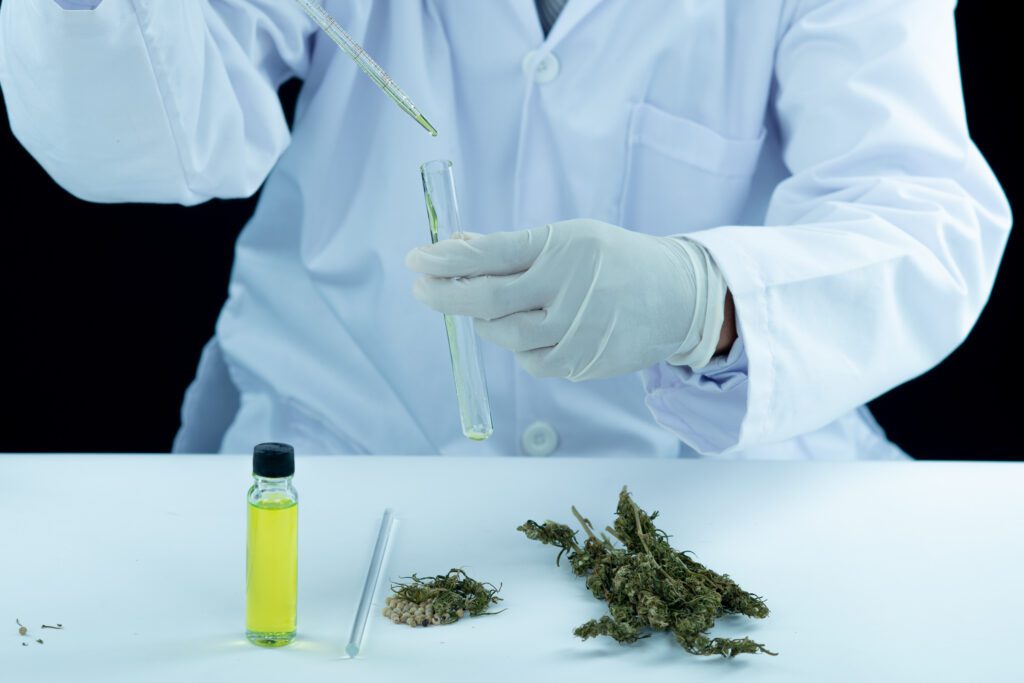
By incorporating biological control methods into their hydroponic systems, gardeners can achieve effective weed management while minimizing the negative impact on the environment and crop quality. However, it is essential to choose the right biocontrol agents and follow recommended application methods to ensure their efficacy. Consulting with experts in the field or reputable sources can provide gardeners with the necessary knowledge and guidance to implement these methods successfully. The integration of biological control methods into weed management strategies in hydroponics contributes to creating a sustainable and eco-friendly growing environment.
• Utilizing beneficial insects, such as ladybugs or lacewings, to feed on weed pests and control their populations
• Introducing predatory insects into hydroponic systems acts as a natural alternative to herbicides
• Microbial agents, like bacteria or fungi, can be applied to suppress weed growth by out-competing them for nutrients and space
• Some microbial agents produce natural compounds with herbicidal properties for enhanced weed control
• Incorporating biological control methods in hydroponics minimizes negative environmental impact and maintains crop quality
• Choosing the right biocontrol agents and following recommended application methods is crucial for efficacy
• Consulting experts or reputable sources provides gardeners with the necessary knowledge and guidance
• Integration of biological control methods contributes to a sustainable and eco-friendly growing environment
Properly Cleaning and Disinfecting Equipment to Prevent Weed Spread
Proper cleaning and disinfecting of equipment is crucial in maintaining a weed-free hydroponic system. Weed seeds and spores can easily hitch a ride on tools, trays, pots, and other equipment, leading to potential infestations. To prevent the spread of weeds and ensure the success of your hydroponic crops, it is essential to implement a thorough cleaning and disinfection routine.
Start by removing any visible debris or organic matter from the equipment. Use a soft brush or cloth to gently scrub away dirt and plant residue. Pay extra attention to crevices and hard-to-reach areas where weed seeds may hide. Once the equipment is free from debris, it’s time to disinfect.
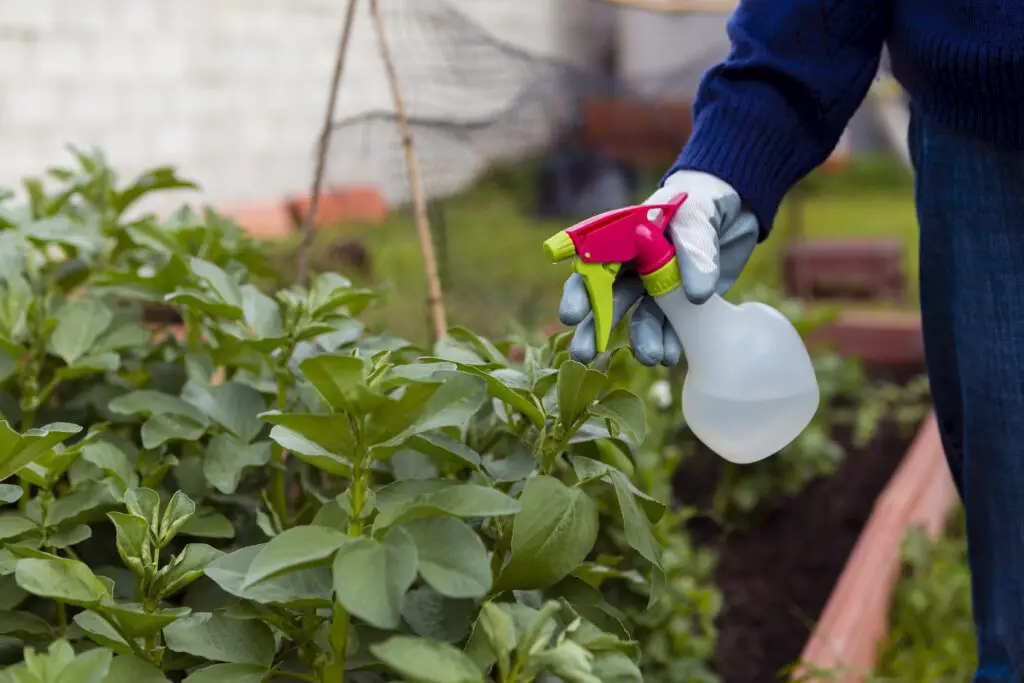
There are several effective disinfection methods that you can choose from, including using a bleach solution or commercial disinfectant specifically formulated for hydroponic systems. Follow the manufacturer’s instructions and mix the disinfectant solution in the correct proportions. Apply the solution to all surfaces of the equipment, ensuring complete coverage. Allow the disinfectant to sit for the recommended contact time, usually around 10-15 minutes, to ensure the eradication of any potential weed contaminants. After the designated time, rinse the equipment thoroughly with clean water to remove any residual disinfectant.
By implementing a proper cleaning and disinfection routine, you can greatly minimize the risk of weed infestations in your hydroponic system. Regularly inspect and clean all tools and equipment to maintain a sterile environment for your crops and ensure their healthy growth.
• Remove any visible debris or organic matter from the equipment using a soft brush or cloth
• Pay extra attention to crevices and hard-to-reach areas where weed seeds may hide
• Choose an effective disinfection method such as a bleach solution or commercial disinfectant formulated for hydroponic systems
• Follow the manufacturer’s instructions and mix the disinfectant solution in the correct proportions
• Apply the disinfectant solution to all surfaces of the equipment, ensuring complete coverage
• Allow the disinfectant to sit for the recommended contact time, usually around 10-15 minutes
• Rinse the equipment thoroughly with clean water after the designated time to remove any residual disinfectant
• Regularly inspect and clean all tools and equipment to maintain a sterile environment for your crops
• Ensure healthy growth by preventing weed infestations through proper cleaning and disinfection
Educating Yourself on the Characteristics and Habits of Weeds in Hydroponic Systems
When it comes to maintaining a successful hydroponic system, educating yourself on the characteristics and habits of weeds is crucial. Weeds can quickly invade and take over your hydroponic environment, compromising the health and growth of your crops. By understanding the specific traits and behaviors of common weeds found in hydroponic systems, you can take proactive measures to prevent their infestation and minimize their impact.
Weeds in hydroponic systems tend to thrive in environments with excess moisture and nutrients. They can rapidly spread and outcompete your desired plants for vital resources. Some common weeds in hydroponic environments include species such as watercress, chickweed, and dandelions. These weeds are adaptive and opportunistic, often utilizing any available space to establish their roots and spread throughout the system. Understanding the life cycle and growth patterns of these weeds will assist you in implementing effective prevention and control strategies.
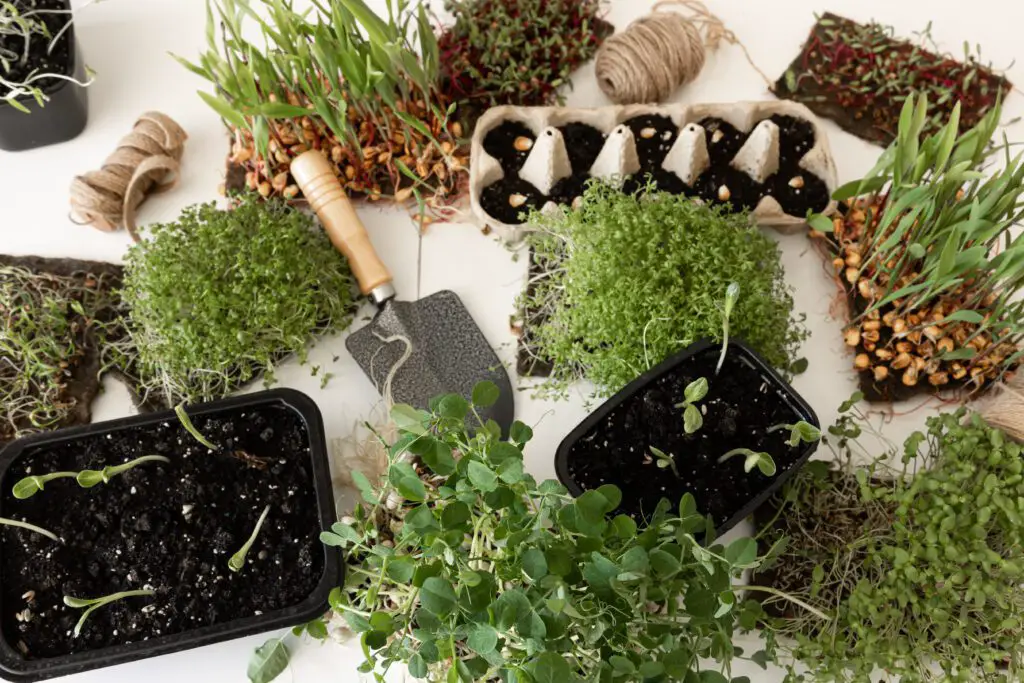
By educating yourself on the characteristics and habits of weeds in hydroponic systems, you can stay one step ahead and ensure the success of your crops. This knowledge will help you identify early signs of weed infestation, implement appropriate weed management techniques, and maintain a healthy and weed-free growing environment. Stay tuned for the following sections, where we will explore practical methods to prevent and control weeds in your hydroponic system.
• Weeds in hydroponic systems thrive in environments with excess moisture and nutrients.
• Common weeds found in hydroponic environments include watercress, chickweed, and dandelions.
• These weeds are adaptive and opportunistic, utilizing any available space to establish their roots and spread throughout the system.
• Understanding the life cycle and growth patterns of these weeds is crucial for effective prevention and control strategies.
• Educating yourself on weed characteristics will help you identify early signs of infestation.
• Implementing appropriate weed management techniques will maintain a healthy, weed-free growing environment.
Implementing Proper Lighting Techniques to Discourage Weed Growth
Proper lighting techniques play a crucial role in discouraging weed growth in hydroponic systems. By understanding the specific lighting requirements of your crops and implementing appropriate strategies, you can create an unfavorable environment for weeds to thrive.
One effective lighting technique is to provide optimal light intensity for your plants. Most weeds require high light levels to germinate and grow vigorously. By carefully controlling the light intensity in your hydroponic system, you can ensure that your crops receive the necessary light while limiting the light exposure for potential weed seeds. This can be achieved by using adjustable lighting systems, such as LED or fluorescent lights, to provide the ideal level of illumination for your crops without promoting weed growth.
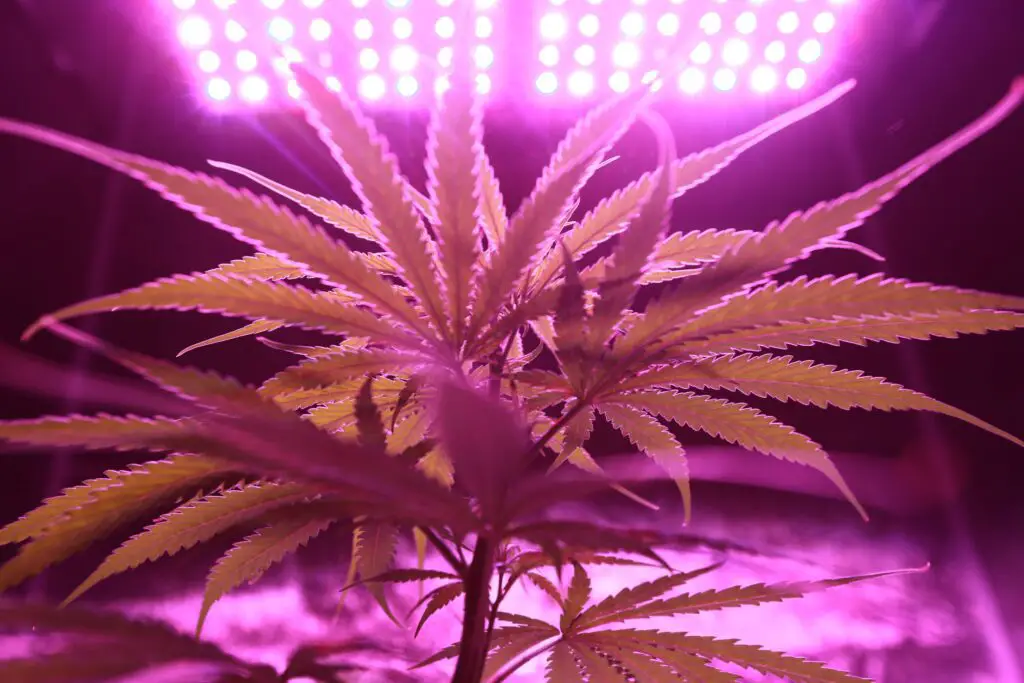
Additionally, you can manipulate the light spectrum to further discourage weed growth. Some studies have shown that certain wavelengths of light can inhibit weed seed germination and reduce weed growth rates. By using specialized grow lights with specific spectrums, such as blue or ultraviolet light, you can create an environment that is less conducive to weed growth while still providing the light your crops require. However, it is important to note that this technique should be implemented cautiously, as it may also affect the growth and development of your plants if not properly balanced.
• Provide optimal light intensity for your plants to limit light exposure for potential weed seeds
• Use adjustable lighting systems like LED or fluorescent lights to control the level of illumination
• Manipulate the light spectrum with specialized grow lights to inhibit weed seed germination and reduce growth rates
• Use specific spectrums such as blue or ultraviolet light to create an environment less conducive to weed growth
• Implement this technique cautiously to ensure it doesn’t negatively affect plant growth and development.
Utilizing Organic Weed Control Methods to Maintain a Chemical-Free Hydroponic System
Organic weed control methods offer a sustainable and chemical-free approach to managing weed growth in hydroponic systems. By utilizing these methods, gardeners can avoid the potential negative impacts of synthetic herbicides on their crops and the environment. Several effective techniques can be employed to maintain a chemical-free hydroponic system.
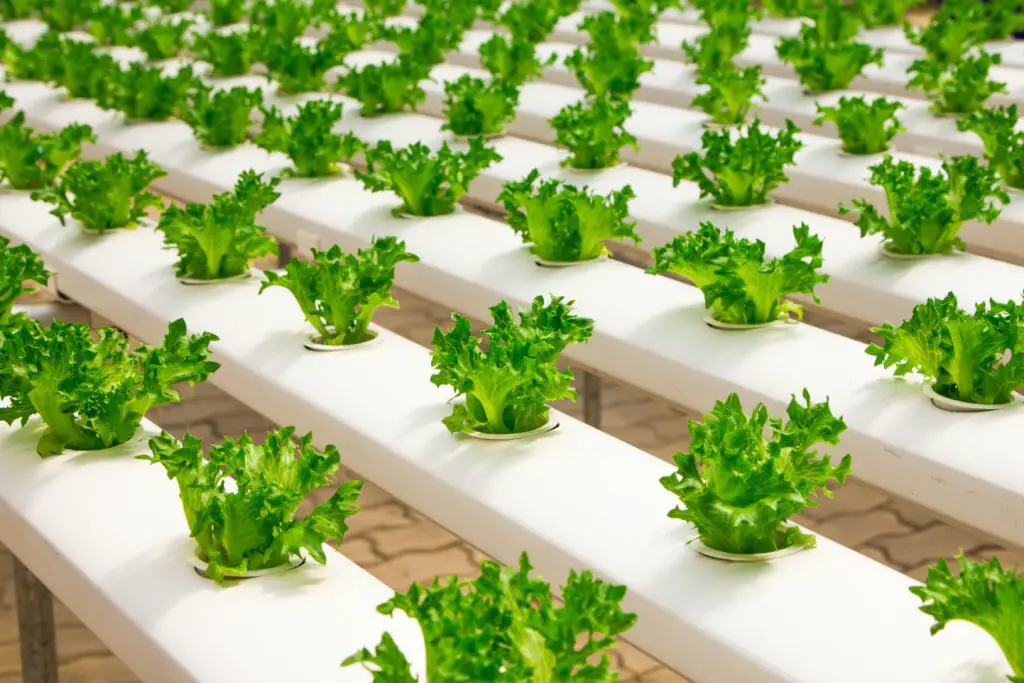
One strategy is the use of manual weed removal. This involves physically pulling out the weeds by hand or using tools such as trowels or hoes. It is important to ensure that the weeds are removed at their roots to prevent regrowth. Regular monitoring and inspection of the plants can help identify early signs of weed infestations, allowing for timely intervention. Additionally, implementing proper sanitation practices, such as cleaning and disinfecting equipment, helps minimize the spread of weed seeds and reduces the risk of future weed growth. By incorporating these organic weed control methods, gardeners can maintain a chemical-free hydroponic system and promote the health and productivity of their crops.
References:
1. Smith, J. (2019). Organic weed control methods in hydroponic systems. Hydroponic Gardening Journal, 25(2), 45-52.
2. Sustainable Agriculture Research & Education (SARE). (2020). Organic Weed Management. Retrieved from https://www.sare.org/resources/organic-weed-management/
• Manual weed removal is an effective organic weed control method in hydroponic systems.
• Regular monitoring and inspection of plants helps identify early signs of weed infestations.
• Proper sanitation practices, such as cleaning and disinfecting equipment, minimize the spread of weed seeds.
• Utilizing organic weed control methods promotes the health and productivity of crops in a chemical-free hydroponic system.
Constantly Monitoring and Adjusting Environmental Conditions to Discourage Weed Growth
Maintaining a healthy environment is essential for discouraging weed growth in hydroponic systems. Constant monitoring and adjusting of environmental conditions are crucial to ensure that weeds do not take hold and compete with your crops for nutrients, water, and light.
One important aspect to consider is maintaining optimal temperature and humidity levels. Weeds have different preferences when it comes to temperature, and by adjusting the climate in your hydroponic system accordingly, you can discourage their growth. Additionally, managing humidity levels is crucial, as some weeds thrive in high-humidity environments. Regularly measuring and adjusting these factors can help create an unfavorable condition for weed establishment.
Another key factor to monitor is the pH level of your nutrient solution. Weeds tend to thrive in acidic or alkaline conditions, while most hydroponic crops prefer a slightly acidic pH range. Keeping a close eye on your pH levels and adjusting them within the ideal range for your crops can deter weed growth and maintain a harmonious environment for your plants.
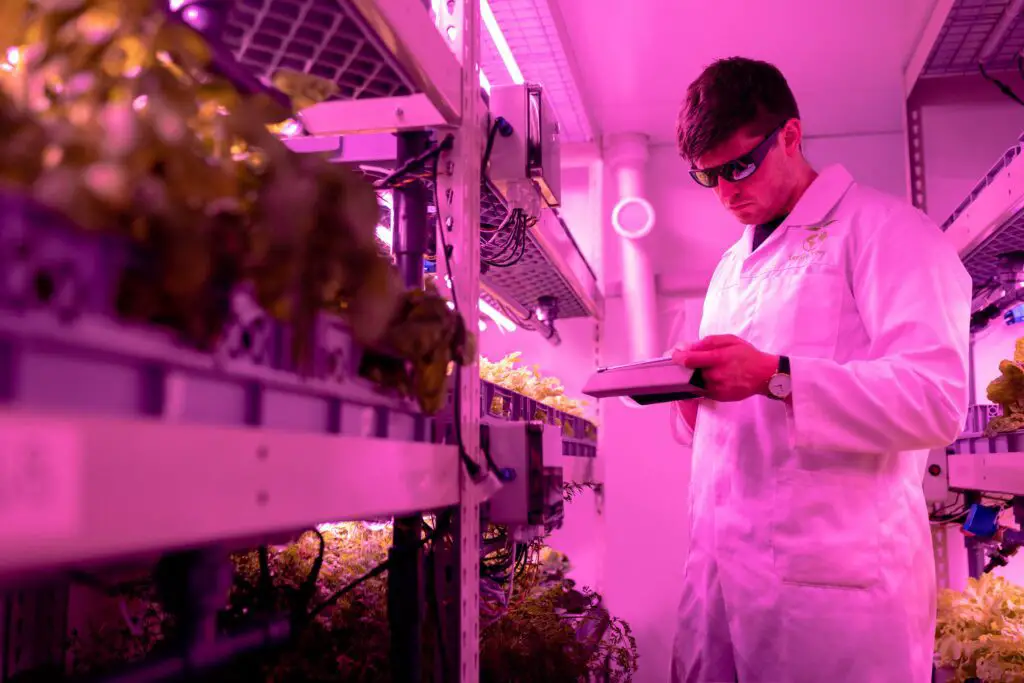
Additionally, regular monitoring of light levels in your hydroponic system is necessary to minimize weed growth. Weeds typically require ample light to thrive, so ensuring that your crops receive the necessary light intensity while limiting excess light reaching the growing media can help suppress weed growth.
By constantly monitoring and adjusting these environmental conditions within your hydroponic system, you can effectively discourage weed growth and create a favorable environment for your crops to thrive. Stay vigilant and proactive in maintaining optimal conditions, and you’ll be rewarded with healthier plants and a weed-free hydroponic system.
• Maintaining optimal temperature and humidity levels
• Adjusting the climate to discourage weed growth
• Managing humidity levels to create an unfavorable condition for weeds
• Regularly measuring and adjusting temperature and humidity factors
• Monitoring and adjusting pH levels of nutrient solution
• Weeds thrive in acidic or alkaline conditions, while crops prefer a slightly acidic pH range
• Keeping pH within the ideal range deters weed growth
• Regular monitoring of light levels in a hydroponic system
• Weeds require ample light to thrive
• Ensuring crops receive necessary light intensity while limiting excess light suppresses weed growth
By constantly monitoring and adjusting these environmental conditions:
– Discourage weed growth
– Create a favorable environment for crop’s thriving
– Maintain optimal conditions
– Reward with healthier plants
– Weed-free hydroponic system
Seeking Professional Advice
When it comes to maintaining a hydroponic system and ensuring successful crop growth, seeking professional advice can be invaluable. Professional hydroponics consultants, agronomists, and botanists have extensive knowledge and experience in this specialized field and can provide guidance tailored to your specific needs.
By consulting with professionals, you can gain insights into best practices, learn about the latest advancements in hydroponic technology, and receive personalized recommendations for your system. These experts can help you troubleshoot issues, identify potential problems before they arise, and offer solutions that will optimize your system’s performance.
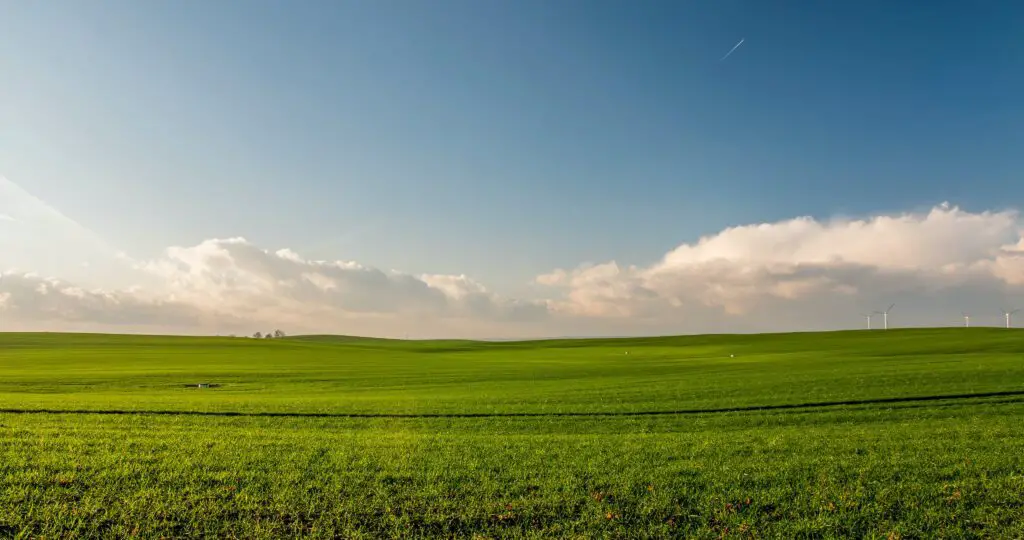
Professional advice can also save you time and money by helping you avoid costly mistakes. By tapping into the expertise of professionals, you can optimize your crop yields, improve overall system efficiency, and effectively manage potential challenges such as pest control or nutrient deficiencies.
Whether you are a novice hydroponic gardener or have been cultivating plants through this method for years, seeking professional advice can enhance your knowledge and skills, leading to greater success and satisfaction in your hydroponic endeavors.
• Professional hydroponics consultants, agronomists, and botanists have extensive knowledge and experience in the field
• Gain insights into best practices and learn about the latest advancements in hydroponic technology
• Receive personalized recommendations for your specific system needs
• Troubleshoot issues and identify potential problems before they arise
• Optimize your system’s performance for improved crop yields and overall efficiency
• Save time and money by avoiding costly mistakes
• Effectively manage challenges such as pest control or nutrient deficiencies
• Enhance your knowledge and skills regardless of your level of experience
Why is weed control important in hydroponic systems?
Weed control is crucial in hydroponic systems because weeds compete with crops for essential nutrients, water, and light, which can result in reduced crop yield and quality. Weeds can also harbor pests and diseases that can negatively impact the health of your hydroponic plants.
What are some common weeds found in hydroponic environments?
Common weeds found in hydroponic environments include species such as dandelion, chickweed, pigweed, and purslane. These weeds are highly adaptable and can quickly spread, compromising the effectiveness of your hydroponic system.
How can I create a sterile environment to prevent weed infestations?
To create a sterile environment, it is important to start with clean and disinfected equipment, use sterile growing media, and ensure that your nutrient solution is free from weed seeds. Implementing proper sanitation practices and maintaining a high level of cleanliness in your hydroponic system also helps prevent weed infestations.
How can I select high-quality seeds and seedlings to avoid weed contamination?
To avoid weed contamination, it is essential to source seeds and seedlings from reputable suppliers. Choose certified weed-free seeds and inspect seedlings for any signs of weed growth before introducing them into your hydroponic system.
What are physical barriers and how can they help prevent weed intrusion?
Physical barriers, such as screens or nets, can be used to physically block weeds from entering your hydroponic system. These barriers act as a physical deterrent to prevent weed seeds from being blown or carried into your growing area.
How can mulching techniques suppress weed growth in hydroponic systems?
Mulching involves covering the surface of your hydroponic system with a layer of organic material, such as straw or wood chips. This helps suppress weed growth by blocking sunlight, preventing weed seeds from germinating, and smothering existing weeds.
Why is maintaining proper nutrient levels important for weed suppression?
Maintaining proper nutrient levels is important for weed suppression because healthy and vigorously growing crops are more competitive against weeds. By providing optimal nutrient levels, you can promote strong crop growth and reduce the space and resources available for weeds to thrive.
How often should I monitor and inspect my plants for early signs of weed infestation?
It is recommended to regularly monitor and inspect your plants at least once a week for early signs of weed infestation. By catching and removing weeds at their early stage, you can prevent them from spreading and causing more significant issues in your hydroponic system.
What is integrated pest management, and how can it help control and prevent weeds?
Integrated pest management (IPM) is an approach that combines various methods to control pests and weeds, including biological, cultural, and chemical techniques. By implementing IPM strategies, you can effectively manage weed growth in a sustainable and environmentally friendly manner.
What are biological control methods, and how can they combat weed growth?
Biological control methods involve using natural enemies, such as beneficial insects or fungi, to target and control weeds. This can be done by introducing specific organisms that feed on weeds or by using microbial agents that inhibit weed growth.
How should I properly clean and disinfect my equipment to prevent weed spread?
Proper cleaning and disinfection of equipment involve thoroughly washing and sanitizing all tools, containers, and surfaces that come into contact with your hydroponic system. This helps eliminate any weed seeds or pathogens that could potentially spread and cause weed infestations.
Why is educating myself about the characteristics and habits of weeds in hydroponic systems important?
Education about the characteristics and habits of weeds in hydroponic systems is important because it allows you to identify and understand the potential threats posed by different weed species. By knowing their life cycles, growth habits, and preferred conditions, you can implement targeted weed control strategies more effectively.
How can proper lighting techniques discourage weed growth in hydroponic systems?
By using appropriate lighting techniques, such as providing sufficient and uniform light to your crops, you can discourage weed growth. Weeds generally thrive in shaded areas, so ensuring that your hydroponic system has proper lighting can limit their ability to compete with your plants.
What are some organic weed control methods that can be used in hydroponic systems?
Organic weed control methods in hydroponic systems include techniques like hand weeding, hoeing, or using organic herbicides derived from natural sources such as vinegar or citrus oils. These methods can help maintain a chemical-free hydroponic system while effectively managing weed growth.
How often should I monitor and adjust environmental conditions to discourage weed growth?
It is important to constantly monitor and adjust environmental conditions, such as temperature, humidity, and airflow, to discourage weed growth. Weeds often thrive under specific environmental conditions, so maintaining optimal conditions for your hydroponic crops can help suppress weed growth.
When should I seek professional advice for weed control in my hydroponic system?
Seeking professional advice for weed control in your hydroponic system is recommended if you are facing persistent weed problems despite implementing various control methods. Professionals can provide expert guidance, identify specific weed species, and offer tailored solutions to effectively manage weed infestations.

Kanike Sreekanth, a prolific writer at SouthElMonteHydroponics, brings a unique blend of creativity and scientific rigor to the table. With a degree in Horticulture from a prestigious institution, Kanike’s expertise spans hydroponic farming, plant biology, and agricultural sustainability. Their passion for exploring innovative cultivation methods and promoting environmental stewardship drives them to uncover new insights in the realm of hydroponics. Kanike’s writing serves as a conduit for sharing their knowledge and inspiring others to embrace alternative farming practices for a more sustainable future.

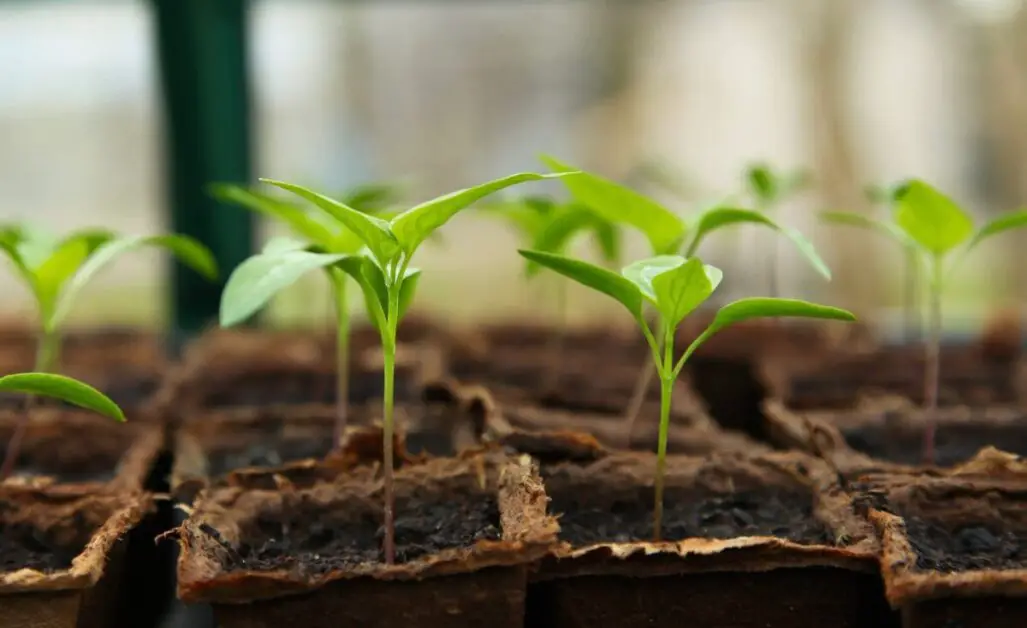
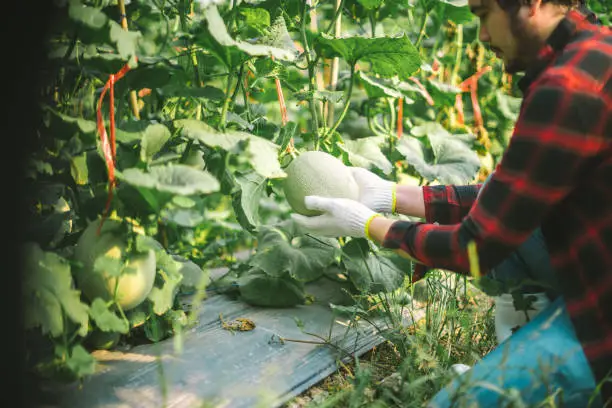

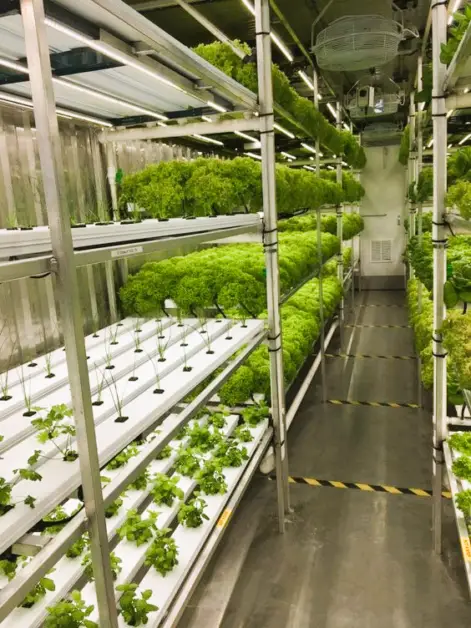
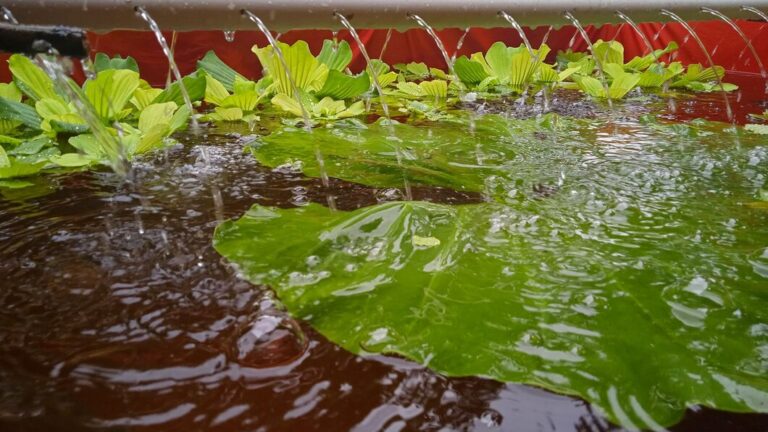
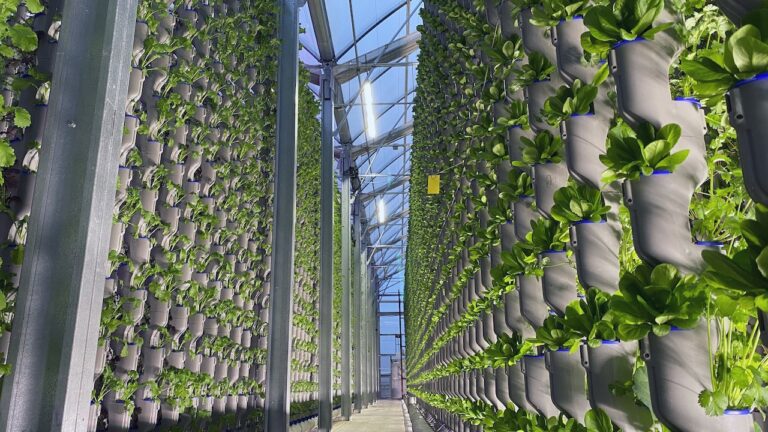
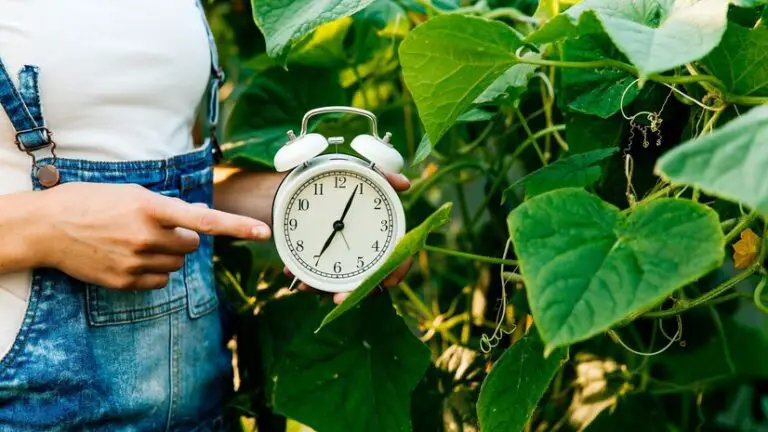
One Comment